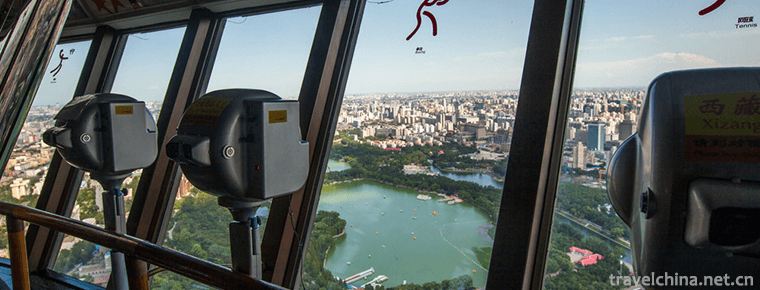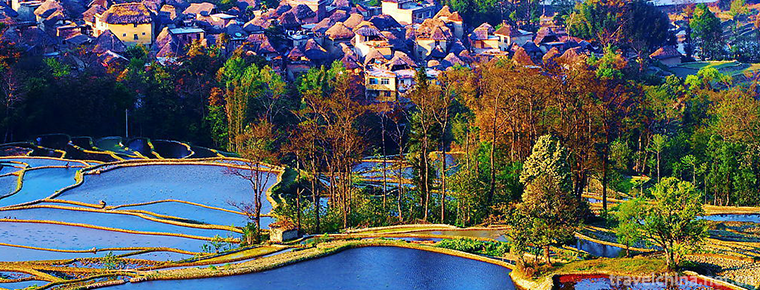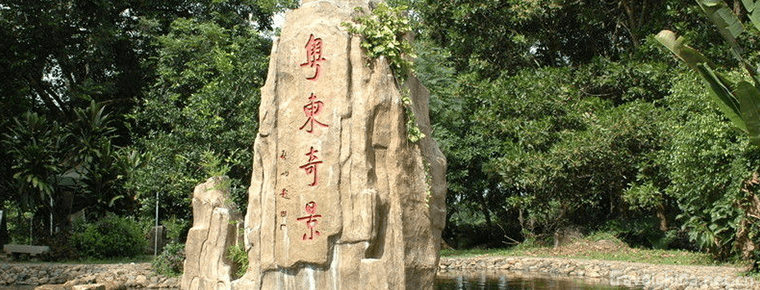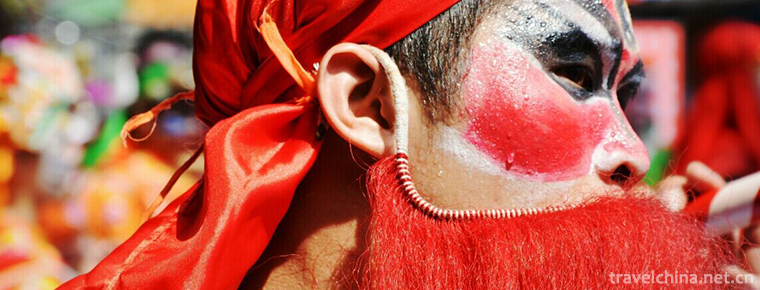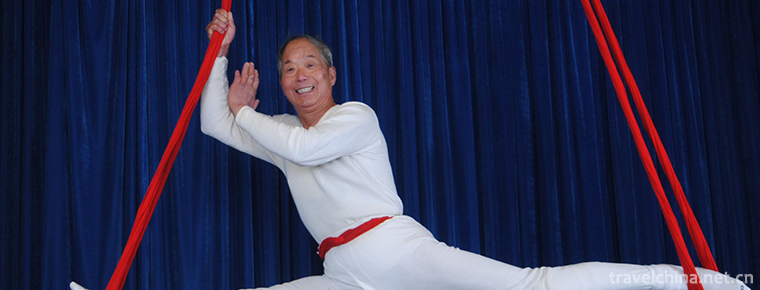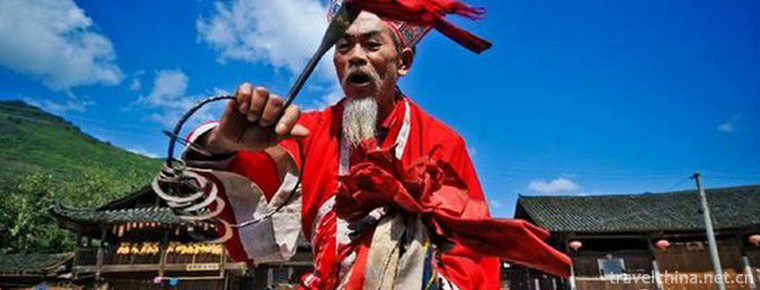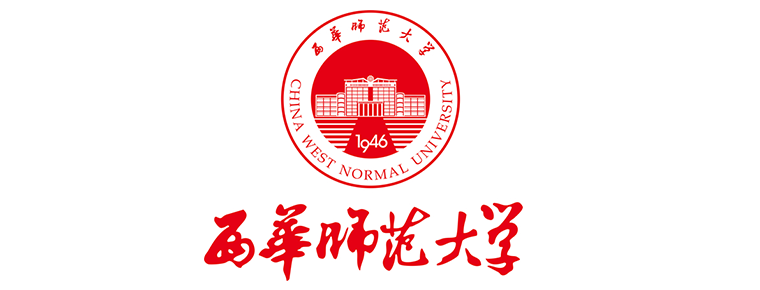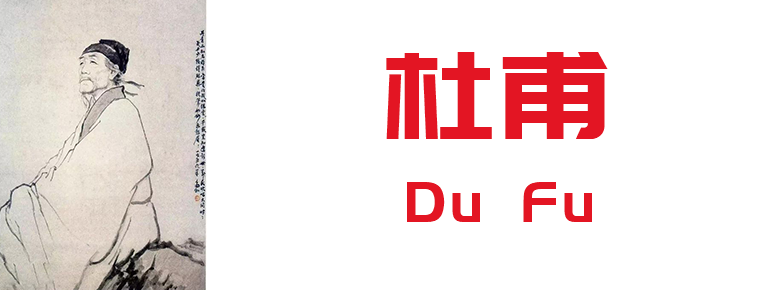Folk Beating and Playing in Zhijiang
Folk Beating and Playing in Zhijiang
Zhijiang folk wind and beating music is a kind of traditional folk music art which is widely active in Zhijiang area of Hubei Province. After years of development and evolution, the folk blowing and playing activities in Zhijiang have formed a common, practical and highly regional folk culture and custom. It is mainly manifested through folk marriage and funeral, various celebration customs, labor customs and festival activities in conjunction with folk dances (such as lotus boat, lion dance, dragon lantern dance, kicking stilts, etc.).
On May 20, 2006, Zhijiang folk percussion music was approved by the State Council and listed in the first batch of national intangible cultural heritage list.
historical origin
Zhijiang folk percussion music is a kind of folk instrumental music which combines percussion instruments, silk stringed instruments, suona and so on. As the name implies, percussion music is the music that accompanies wind instruments and percussion instruments. In the popular folk percussion music, besides wind instruments, the part of wind blowing is also commonly used as string and stringed instruments. Therefore, folk artists divide the percussion music into two kinds: rough percussion Gong and drum and fine percussion Gong and drum: rough percussion Gong and drum, also known as thick ten times. It refers to the form of wind instruments such as suona and pipes and the ensemble of "gong and drum". It is also called "thin ten times" or "silk bamboo Gong and drum". It refers to the form of ensemble of silk and bamboo instruments and percussion instruments.
The folk beating music system of Zhijiang River is composed of beating (drum-big drum, tanggu, plate drum, book drum, book drum, battle drum, banzi-muyu, wood bang, bamboo bang, gong-big gong, wood bang, bamboo bang, gong-big gong, gong-big gong, gong, Xiaogong, Sugong, Ma gong, gong, Beijing gong, Beijing gong, Yungong, Yungong, Yungong, titiger sound gong, tiger sound gong, gong, gong, gong, gong, gong-big cygong, cygong, cygong, small cygong, Sichuan gong, Sichuan gong, Sichuan gong, Sichuan gong, Xiaogong, Beijing cygong Strings (Erhu, Jinghu, Sixian, etc.), Suona( The folk music art form that the high-pitched suona, the middle-pitched suona, the trumpet and other instruments are combined to perform together.
Folk wind and beating music is a kind of folk music art which is widely active in Zhijiang area. After years of development and evolution, the folk blowing and playing activities in Zhijiang have formed a common, practical and highly regional folk culture and custom. It is mainly manifested through folk marriage and funeral, various celebration customs, labor customs and festival activities in conjunction with folk dances (such as lotus boat, lion dance, dragon lantern dance, kicking stilts, etc.).
Zhijiang folk percussion music can be divided into rough music and fine music according to its instrumental performance (also known as Wuchang and Wenchang), Shanghe (also known as Jinghe) and Xihe according to its technical schools, and Nanhe and Beihe according to its region. Rough music, generally refers to percussion instrument combination for performance, so it is also known as martial arts; fine music, that is, in percussion instrument performance mixed with Suona, flute, Erhu, Beijing Hu and other wind, stringed instruments, also known as Wenchang. Shanghe was introduced and developed from the percussion music of Jingxuo (Jingzhou, Xiantao, Hubei Province) in Han opera, so it is also called Jinghe; Xiahe was introduced from Huizhou (Anhui Province) troupe. Nanhe, that is, in the area south of the Yangtze River in Zhijiang, is the Nanhe School, while Beihe, that is, in the area north of the Yangtze River in Zhijiang, is the Beihe School. Zhijiang folk blowing and beating music pays attention to the complete combination of ten kinds of "family business" (musical instruments), and absorbs folk music elements such as local folk songs, field songs, five sentences and minors of Zhijiang, thus forming the technical types and styles of "Ten Pangu", which has strong local characteristics.
Zhijiang folk percussion music has the following basic characteristics: traceability of historical origin, stage of historical development, universality of popularization and application, unique locality of technical types and styles, diversity of artistic schools, richness of performing repertoires, orderliness of master performance, dependence of performing activities, innovation of inheritance and development, etc. Levy. At the same time, because of its own characteristics, it has practical value widely accepted by the people of Zhijiang, enriching the cultural life of urban and rural residents and promoting the construction of socialist spiritual civilization, as well as important academic research value.
The history of playing music can be traced back to the early Han Dynasty. According to the collection of Yuefu Poems (Volume 16): "Advocating the unknown is the beginning. Han Banyixiong Shuo Ye has it. This is the interpretation of the entries of the drum music in Cihai, which is composed of drums, bowls, pipes and pipes. It originated from the northern minority nationalities. At the beginning of the Han Dynasty, it was used for military purposes in order to build up its prestige, and then gradually used in the court...................................... After the Ming Dynasty, the rites of good fortune and ill fortune of the local people and the meeting of greeting God were also used.
Specifically speaking, drum music is a musical form developed from the Han Dynasty, which mainly consists of percussion instruments and wind instruments. It originated from the nomadic people in the north. There are early records of drumming music in Han Shu: Huangmen drumming, riding drumming, short-hairpin song and drumming can be divided into four forms according to the application situation and the arrangement of musical instruments; Huangmen drumming mainly serves the emperor; riding drumming mainly refers to the nature of riding on horses when traveling. The commonly used instruments are drums, horns, pipes, flutes and so on, among which drums are the most important.
After a period of development, drumming music evolved into two types according to the different instruments and occasions used: drumming refers to the use of solely for the honor guard in the march, with pipes and pipes as the main instruments; cross-wind refers to drums and horns as the main instruments, used by soldiers to play on horseback. Mahodule by Li Yannian, a musical composition of minority nationalities in the Western Regions, is an excellent piece of advocacy music. There are many lyrics in the past dynasties'drumming music. Nowadays, the popular "blowing and beating" among the people is closely related to the "blowing and music". "
Since the Qin and Han Dynasties, "Guchu Music" has been used in a wide range of ways. Such as banquets, ceremonies and military music for the court, wedding and funeral celebrations, Festival temple fairs and so on, are all blowing and beating, especially lively. In the literature records and popular oral appellations, blowing and beating music has various names such as "advocating", "drum music", "blowing song", "ten fan" and "gong and drum".
Judging from a large number of folk percussion instruments such as "pottery drum" and "ringing bell" unearthed from the site of Guanmiaoshan primitive village in Zhijiang City, the ancient people in the Yangtze River Valley had folk percussion music six thousand years ago. "Guanmiaoshan people" in the area of Zhijiang Wen'an have already invented percussion instruments such as "pottery drum" and "ringing bell". The appearance and principle of pottery ringing bell are similar to the "sand hammer" now.
artistic characteristics
The music handed down shows that the folk blowing in the Zhijiang area has the characteristics of distinct rhythm, extensive and bold, as well as beautiful rhythm and smooth melody in the Jianghan Plain. In the 1990s, Zhijiang folk percussion began to absorb the advantages of western wind instruments, and tried to play with them in concert, with a grand momentum and bright timbre, which enhanced the vitality of folk percussion music.
The percussive instruments in Zhijiang folk wind and beating music include drum (big drum, Tang drum, plate drum, book drum, battle drum, etc.), Banzi (woodefish, wood drum, bamboo bang, etc.), Gong (big gong, small gong, Sugong, Ma gong, Ma gong, Beijing gong, Beijing gong, Yungong, Yungong, tiger sound gong, etc.), cymba (big cymba, small gong, small gong, Sichuan gong, Sichuan gong, small gong, Beijing gong, Beijing gong, small gong, small gong, small gong, small gong, small gong, Sichuan gong, Beijing gong, small gong, Beijing gong, small gong, small gong, Beijing gong, Beijing gong, SuThe silk string includes Erhu and Jinghu. Four strings and so on. Suona includes treble suona and mid-tone suona, as well as tuba and other instruments. Common repertoires include "Mountain Song Tune", "Six-character Floating Board", "Zhenggong Floating Board", "Spring Come", "Wannianhuan" and so on.
After years of development and evolution, the folk wind and percussion music in Zhijiang has formed a general, practical and regional performing custom. It is mainly performed in folk marriage and funeral, various celebrations, labor and festival activities at the time of the year, in order to cooperate with folk art forms such as dancing.
Zhijiang folk percussion music is divided into "rough music" played by percussion instrument group and "fine music" played by mixed suona, flute, erhu, Beijing Hu and silk stringed instruments in percussion instrument performance. Rough music is also called Wuchang, and fine music is also called Wenchang. According to the technical schools, the folk wind and percussion music in Zhijiang can be divided into two schools: Shanghe (also known as Jinghe) and Xiahe, and Nanhe and Beihe by region.
Zhijiang folk blowing and beating music pays attention to the complete combination of ten kinds of "family business" (musical instruments), and absorbs folk music elements such as local folk songs, field songs, five sentences and minors of Zhijiang, thus forming the technical types and styles of "Ten Pangu", which has strong local characteristics.
Representative Works
"Folk Songs", "Six-character Floating Board", "Zhenggong Floating Board", "Spring Come", "Wannianhuan" and so on
Inheritance Significance
After several ups and downs of the development process, Zhijiang folk percussion music has been in danger for several times, but with the efforts of local governments and cultural departments, it has been better inherited and protected, and has become a wonderful flower of folk music and art in southwestern Hubei. In 2000, Zhijiang City was officially named "Town of Chinese Folk Art" and "Town of Folk Wind and Beat".
The state attaches great importance to the protection of intangible cultural heritage. On May 20, 2006, the folk percussion music in Zhijiang was approved by the State Council and listed in the first batch of national intangible cultural heritage list.

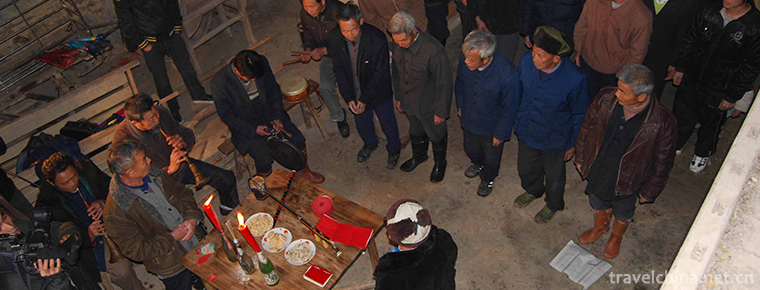
-
Central Radio and Television Tower
The Central Radio and Television Tower, now a national 4A scenic spot, is located on the west side of West Third Ring Road, Haidian District, Beijing. Near the Space Bridge, it faces beautiful Yuyuant.
Views: 141 Time 2018-12-22 -
Hani terrace Yuanyang terrace
Yuanyang Terrace, located in the south of Ailaoshan Mountain in Yuanyang County, Yunnan Province, is a masterpiece left by the Hani people from generation to generation. Yuanyang terrace is the core a.
Views: 116 Time 2019-01-13 -
Green Island Tourist Villa
Green Island Tourist Villa is one of the eight new scenic spots in Chaozhou, the national demonstration sites of leisure agriculture and rural tourism, the base of science and technology.
Views: 104 Time 2019-02-06 -
Puning Ying Song
Puning Yingge is a traditional folk dance style widely spread in Puning City, Guangdong Province. It was created and compiled by Yitang people during the reign of Qianlong in the Qing Dynasty. It has .
Views: 119 Time 2019-06-09 -
Shibao Mountain Song Club
The Bai Jianchuan Shibao Mountain Song Festival is held every year from 27 to 29 July of the lunar calendar for three days. At this time, tens of thousands of young Bai men and women and singers from .
Views: 181 Time 2019-06-15 -
Legend of Su Dongpo
The legend of Su Dongpo is a group of traditional folklore stories evolved from the story of Su Shi, a great writer in the Northern Song Dynasty..
Views: 153 Time 2019-06-16 -
Adjustment and suspension
Lifting is a unique folk sports event in Shaoxing City, Zhejiang Province. Appeared in the middle and late Qing Dynasty, the tuning and hanging actors were named "tuning and hanging" because.
Views: 90 Time 2019-06-21 -
Timago of Tujia Nationality
The Tujia Tima song, also known as the "Tujia Tima Goddess Song", is an ancient song sung in Tujia language in the activities of Tujia Tima. It mainly distributes in Longshan, Yongshun, Baoj.
Views: 278 Time 2019-06-23 -
China West Normal University
Xihua Normal University is a key university in Sichuan Province. The school was founded in 1946 and began at the National Northeast University during the Anti-Japanese War. At the beginning of the Ant.
Views: 215 Time 2019-08-31 -
Du Fu
Du Fu (712 - 770 years), Zi Zi Mei, from the Shao Ling old man, Tang dynasty Great realistic poets, and Li Bai It is called "Li Bai". Originally from Xiangyang, Hubei, Henan county. With two.
Views: 412 Time 2019-09-07 -
Mount Emei Jinding
Mt. Emei Jinding, also known as Huazang temple, is located on the main peak of Emei Mountain in Sichuan Province, China (29.52567 ° n, 103.336802 ° E), with an altitude of 3077 m. It is the end point of Emei Mountain tour and one of the key Buddhist temples in the Han area..
Views: 324 Time 2020-10-15 -
Chengdu Yongling Museum
The Royal Museum of Wang Jian, located at No.10 Yongling Road, Jinniu District, Chengdu, covers a total area of 54000 square meters, and is composed of three parts: cultural relics protection area, comprehensive museum and garden protection area..
Views: 122 Time 2020-10-18
